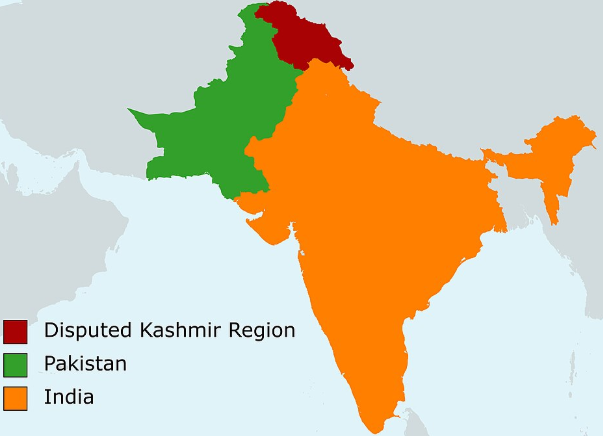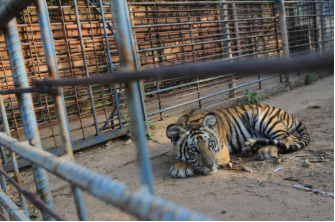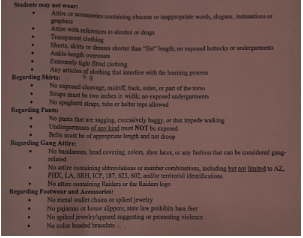Monkeypox: Debunking Myths and Misconceptions
September 8, 2022
Monkeypox: Debunking Myths and Misconceptions
First Covid-19, and now Monkeypox! The world just can not get enough of infectious disease. It also can not get enough of spreading misinformation. Here is what you should know about the Human MonkeyPox virus.
In order to stay safe, it is important to understand the difference between fact and myth to avoid spreading false information. Just like the AIDS epidemic, there is a lot of stigmatization around the Monkeypox virus. Unfortunately, many people are not aware that they are at risk of contracting the disease.
Myth 1: Only gay men are at risk.
This is in fact false. Although it is prevalent within the gay community, every person of any sexual orientation is at risk. The Center of Disease Control explains that one way someone can contract the virus is through various types of sexual intercourse(“How It Spreads” Centers for Disease Control and Prevention). Intimate contact is the most common way Monkeypox is spread, and anyone can be intimate.
Myth 2: Monkeypox is exclusively a sexually transmitted infection.
This is a dangerous misconception. Contact with the virus does not have to be sexually intimate in order to be afflicted with it. Here the Center of Disease Control provides more ways one can contract the virus: “Monkeypox can spread to anyone through close, personal, often skin-to-skin contact, including: direct contact with Monkeypox rash, scabs, or body fluids from a person with Monkeypox, touching objects, fabrics (clothing, bedding, or towels), and surfaces that have been used by someone with Monkeypox, [and] contact with respiratory secretions,” (“How It Spreads” Centers for Disease Control and Prevention). There are quite a few ways to get Monkeypox and spread it to others. Sexual transmission is a common and easy way to receive Monkeypox, but it is not the only possible way.
Myth 3: Monkeypox is a brand new disease
The virus is pretty new to the United States, but Monkeypox has actually been around since 1970. The first ever reported case of Monkeypox in humans was found “in the Democratic Republic of the Congo in a 9-month-old boy in a region where smallpox had been eliminated in 1968,” according to the World Health Organization.
There are many more misconceptions surrounding this virus circulating the internet. It is important to listen to the experts and be better prepared for these types of health crises. Remember to stay safe and informed!






































